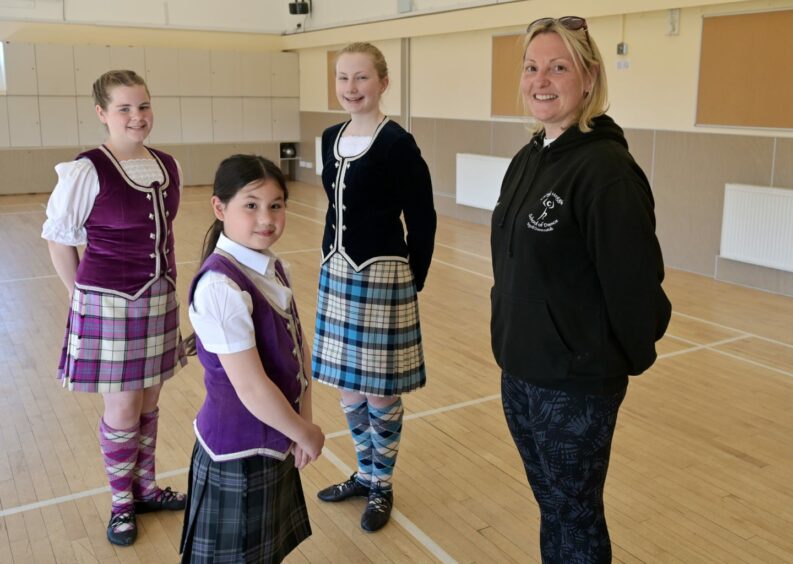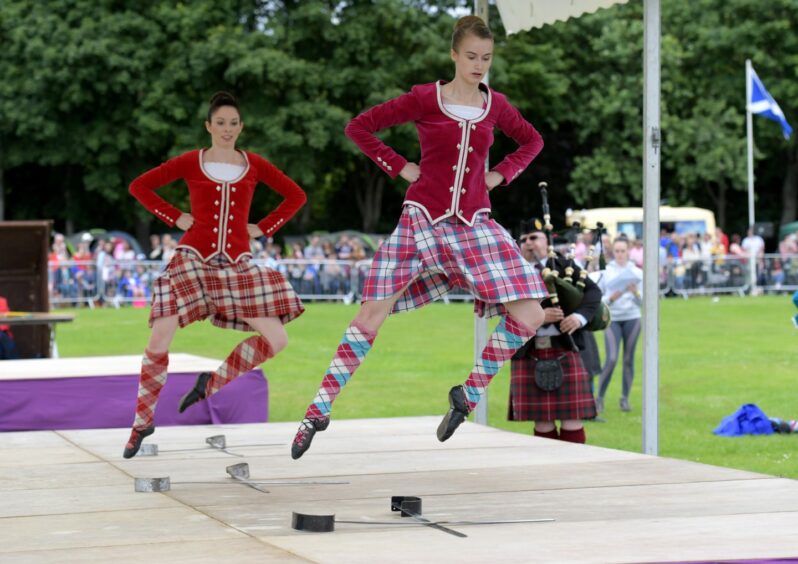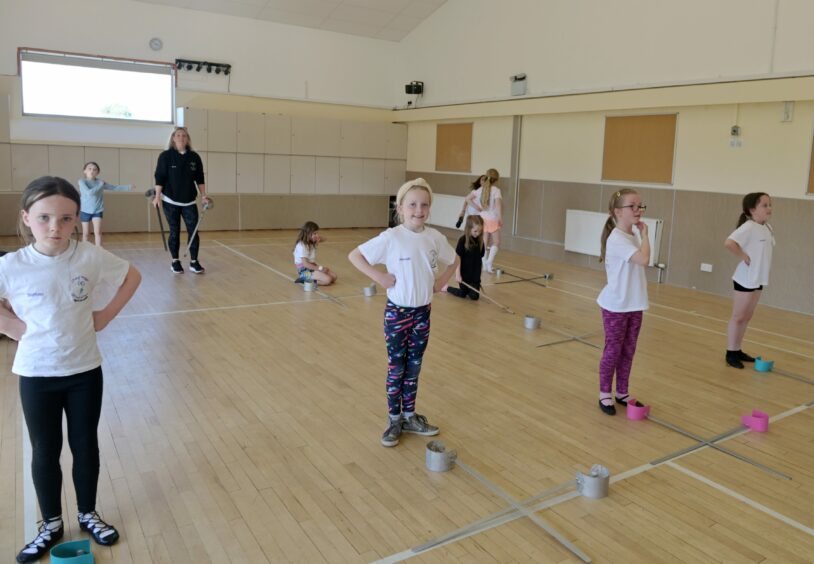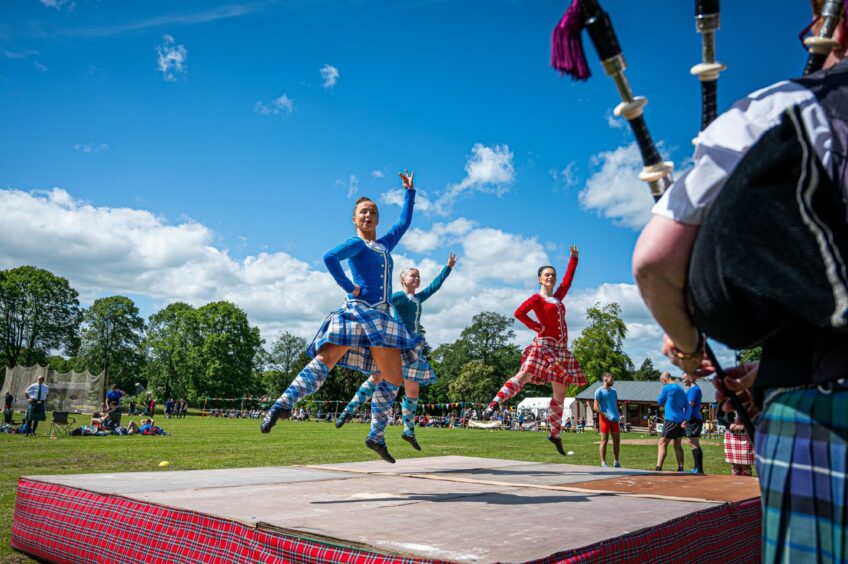With their bright, tartan outfits, it is hardly any surprise that Highland dancers gather a crowd when they take to the stage.
The performers – who often start as young as four – are no stranger to competitions, taking part in many throughout the year.
But the Highland Games are the creme de la creme, with thousands of people mulling around as they perform in open, outdoor arenas.
With the games back in full swing across the country this year, there is little fear that the stage will be empty for long.
While there is worry other Scottish traditions will die out, Cheryl Heggie – who has her own dance school in Balloch – is confident Highland dancing will remain for years to come.
‘It’s part of who we are’
Mrs Heggie, who has run the Cheryl Heggie School of Dance for 20 years, said: “You can go to any small village and you’ll find someone with a guitar, fiddle or accordion and people around tapping their feet to it and having a sing-song, it’s the culture of Scotland.
“It makes you want to get up and dance around. It’s social as well, we love a ceilidh at an event rather than sitting around a table.
“I think it’s part of who we are as Scottish people, it’s part of our identity.”
Her dance school takes in pupils from the age of four, and the hard work starts there.
“Highland dancing is pretty tough,” she said.
“They say a six-step Highland fling is the equivalent of running a mile so it’s hard going.
“Because we dance on our toes it’s about building the strength and flexibility in your legs, toes and ankles to keep hopping.”
Dancing is about ‘leisure and pleasure’
There are more than 100 girls at the Inverness dance school, many of whom have been training with Mrs Heggie since the day they did their first pas de basque.
Serious competitors train as many as three times every week, but Mrs Heggie said it’s important to remember the sport is also about “leisure and pleasure”.
She added: “My ethos is to give my dancers positive dance experiences.
“There are lots of schools where all they do is compete. Competitions are great, but we try to do other things as well.”
A large part of the beauty of Highland dancing is in the iconic costumes, but they too add to the difficulty of the style.
Mrs Heggie said: “When you think about cheerleaders or lyrical dancers, the costumes are very thin and light, whereas for Highland we’re putting on heavy kilts and wooly socks.
“It’s like putting weights on and trying to jump up and down.”
Summer of dance
Despite the challenges and hard work, dancers across the country are looking forward to a summer of Highland Games.
Each dancer will learn and perfect six dances in front of crowds, all hoping to score the most points in each.
Dances may include the Highland Fling, Swords, Seanna Truibhas, the Flora Macdonald, Sailors Hornpipe and the Irish Jig.
There is somewhat of a more open atmosphere compared to the strict competitions that take place throughout the rest of the year.
“Anyone can join in at the Highland Games so that’s exciting, it opens doors a bit further afield,” added Mrs Heggie. “There’s a big community feel about it, it’s more open.”




Conversation